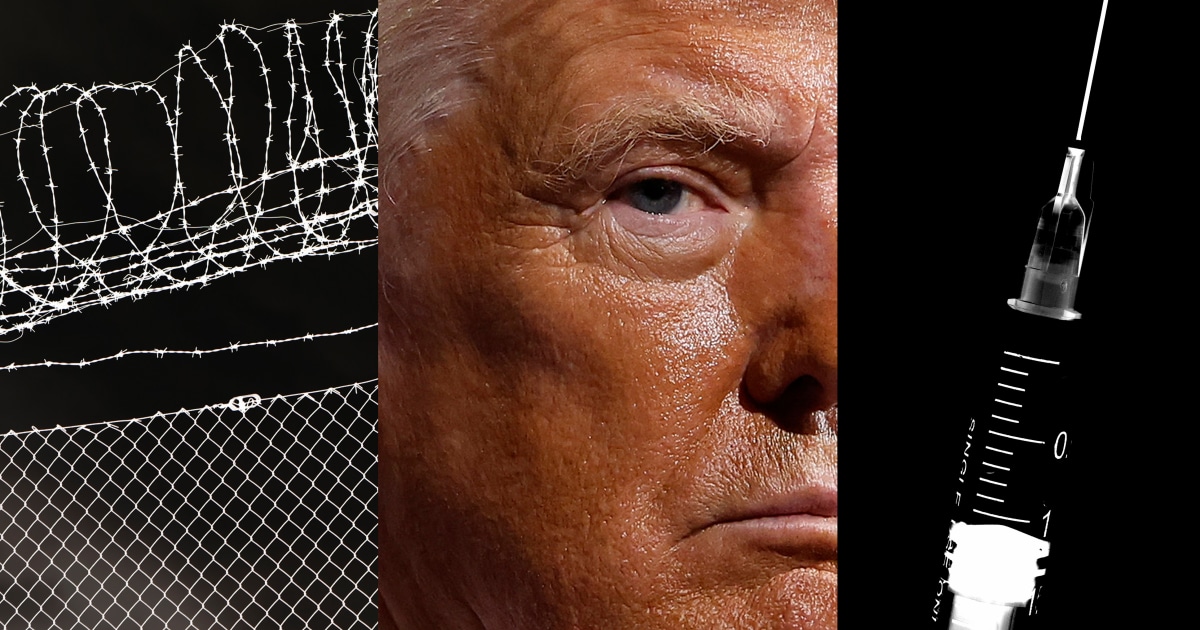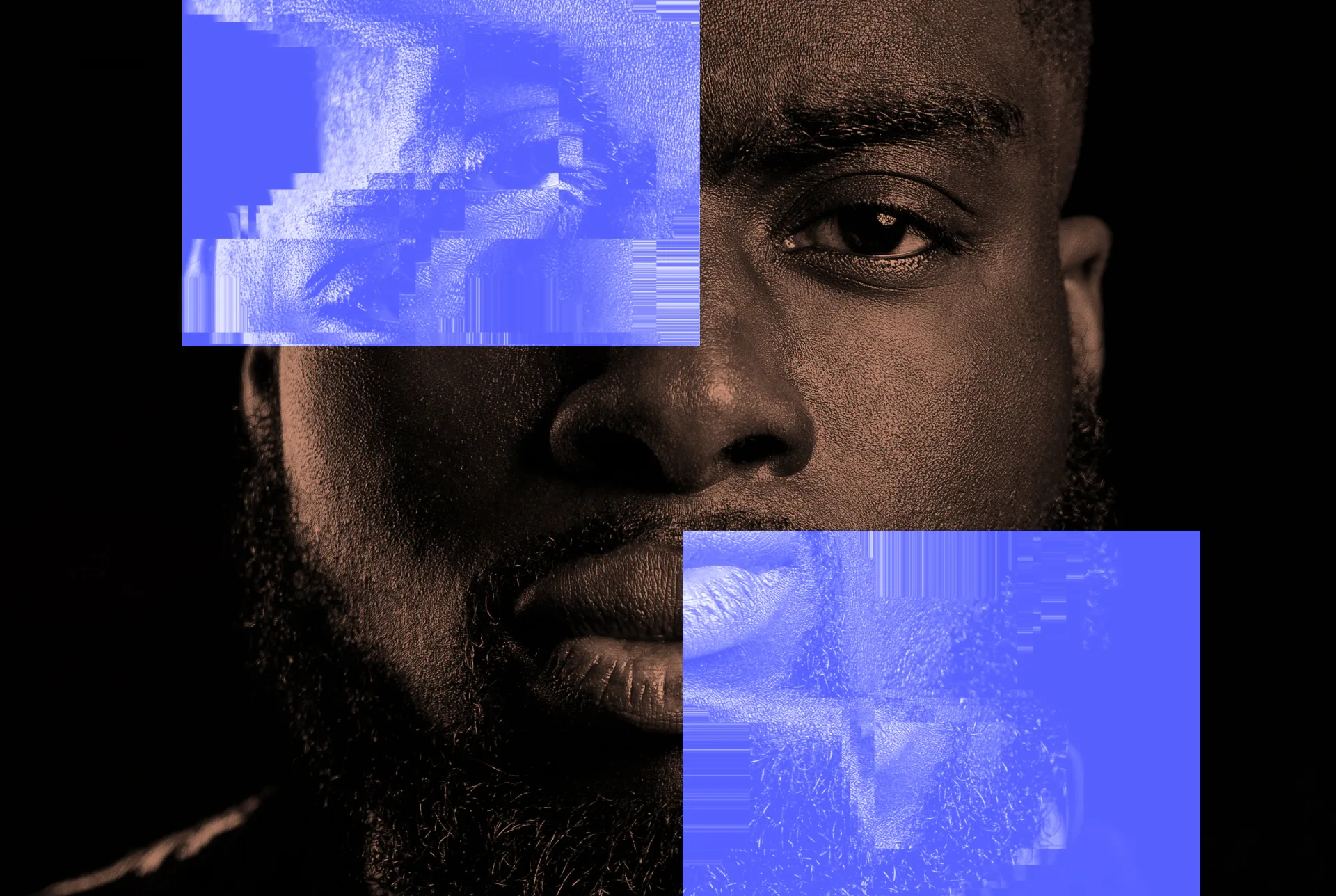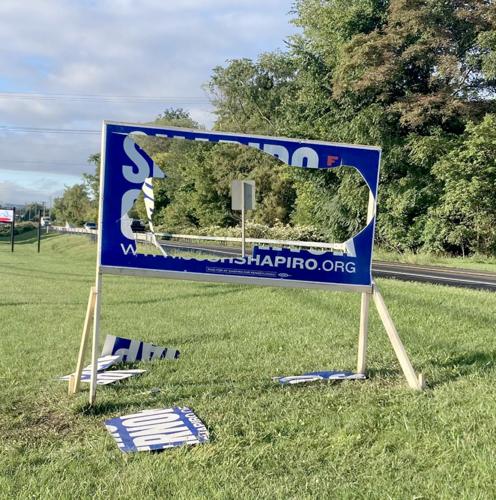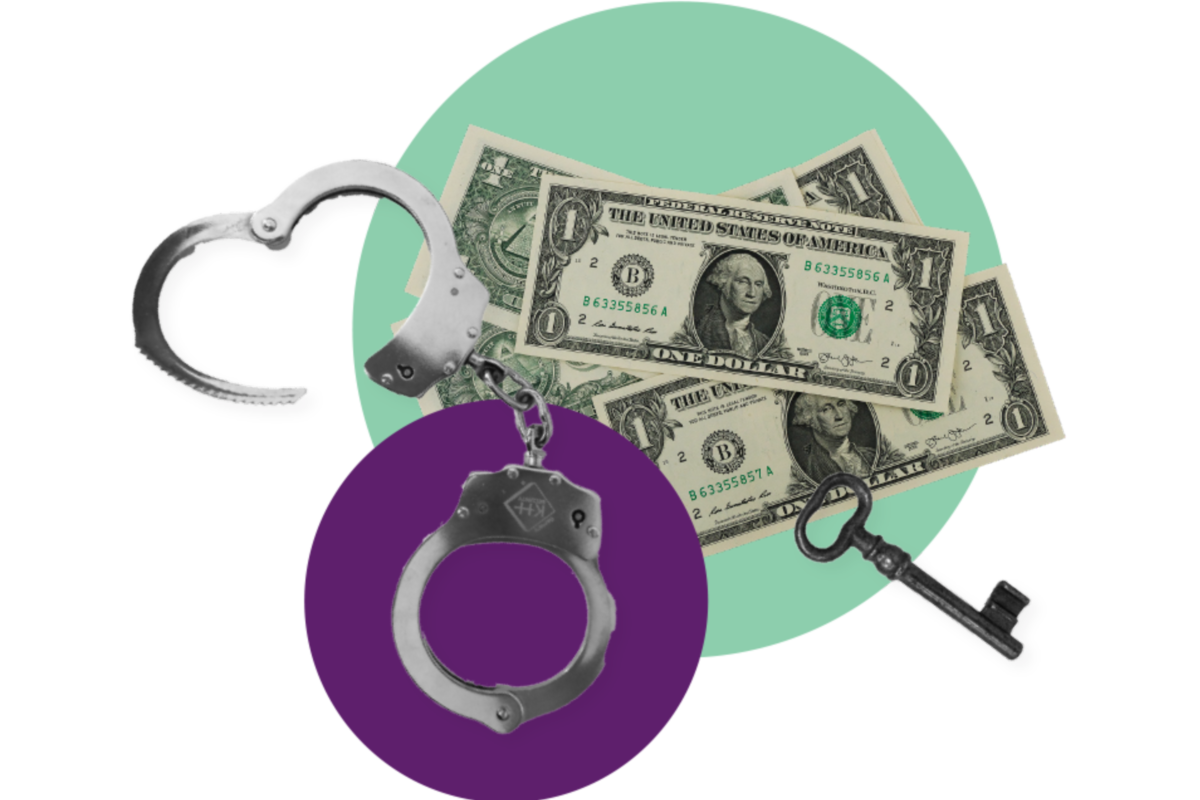
According to NBC News, President Trump will re-start the execution of federal inmates on Death Row. In doing so, he’ll undo a moratorium on executions entered under the outgoing Biden-Harris administration.
“These are terrible, terrible, horrible people who are responsible for death, carnage and crime all over the country . . . We’re going to be asking everyone who sells drugs, gets caught, to receive the death penalty for their heinous acts.” ~President Donal Trump
Additionally, the incoming president also says he wants to expand capital punishment for other crimes. He’s suggested executions for child rapists, human traffickers and illegal immigrants who kill Americans or police officers. These measures would require support from Congress and the Supreme Court.
WHAT IS THE LIKELIHOOD OF MORE EXECUTIONS?
Probabaly more favorable than his prior efforts. In 2008, the Supreme Court declared the death penalty for child rapists unconstitutional when the child survives, the American Bar Journal reported Monday. These day, however, proponents are hopeful for a reversal. Trump is now in the White House. There’s also a Republican majority in the Senate and conservatives hold a 6-3 advantage in the current Supreme Court.
The death penalty for drug and human trafficking would be unprecedented in the western world. Also, no president had overseen as many federal executions since Grover Cleveland in the late 1800s, and the U.S. government had not executed anyone for more than 15 years until Trump revived the practice.
There are currently 40 federal inmates on death row, according to the Death Penalty Information Center. The list includes surviving Boston Marathon bomber Dzhokhar Tsarnaev and Dylann Roof, who massacred nine parishioners in a South Carolina church.
Justice Department records show the federal government has executed 16 people since 2001. Thirteen of those executions came during Trump’s first term in office.
The individual states executed 1,542 condemned inmates between 1977 and 2022, according to federal data. Texas led the way with 587 executions, more than the next two states combined – Oklahoma with 119 and Virginia with 113. In almost that same time period – between 1973 and 2023 – 192 death row inmates were exonerated and set free, according to the ACLU. The individual states have their own system for capital punishment – or lack thereof – and would not be as impacted by Trump administration policy.
Please contact my office if you, a friend or family member are charged with a crime. Hiring an effective and competent defense attorney is the first and best step toward justice.















